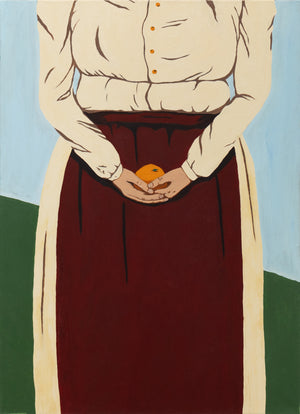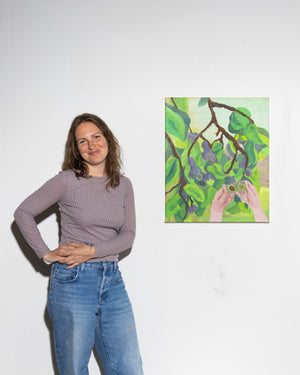
Dust Bowl Mother
Tax included
Shipping calculated at checkout
"Dust Bowl Mother" is a profound exploration of dignity and resilience in the face of extreme adversity. The woman holding an orange embodies the "surface and hidden imperfection" of human life. The orange itself, outwardly bright and promising, symbolizes the false hope and often unfulfilled promises of modernity, which are particularly powerful in the context of "The Grapes of Wrath." The stylized, barren landscape in the background emphasizes isolation and harsh reality. This work is a depiction of the human capacity to maintain an inner attitude of dignity even under the greatest hardship, even when internal storms rage. It is a contemplation of the quiet tragedy and indomitable strength of the human spirit.
110 x 80 cm
Pickup currently unavailable

Jolanda Rendl



